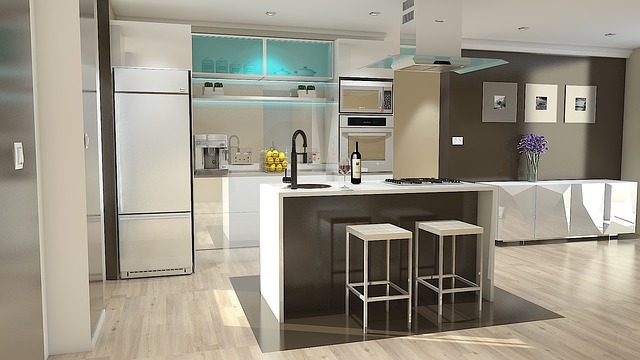Concrete 3D printing Australia is a fast-rising industry. At the current rate of things, we can say that it is very promising to the country’s construction sphere. The construction industry on the global economy is so huge, it is currently valued at an estimated amount of A$10 trillion globally. This is equivalent to the country’s 13% GDP.
Compared to the other sectors of the Australian community, the construction space has languished for so many years and we can attribute this to the poor level of productivity.
Meanwhile, the manufacturing and the agriculture sectors have been enjoying increased productivity, 10-15 times greater since the 1950s. Unfortunately, the fate of the construction sector has remained stagnant at the same level as it was 80-90 years ago.
The underlying reason behind this is due to the fact that construction work in the country has remained largely manual, while other industries further developed and enjoyed significant progress due to digital and automation technologies. Concrete 3D printing Australia may hold the key to solving these problems that plagued the industry for so long a time now.
Industry insiders are also convinced that concrete 3D printing may hold the key to providing a much-needed solution to these problems. This emerging technique on printing concrete in 3D is also likely to give architects the freedom they need so they can inject more creativity when designing and working on new structures.
Benefits of Concrete 3D Printing Australia Technology
When we say 3D construction is utilizing the techniques used in additive manufacturing, we simply mean to say that objects are made by adding the material in layers.
In the old construction industry, one of the traditional techniques commonly used before is to cast the concrete mixture into a mould. We refer to this process as the formwork. But the additive construction space is now taking things to a whole new level.
It combines technology on new material insights and digital technology to make way for freeform construction but eliminating the use of formwork in the process.
The primary economic driver of the 3D style of concrete printing is the removal of the cost of formwork. Usually, formworks are built using timber, they account for at least 60% of the concrete construction overall cost.

Furthermore, it is a significant source of construction waste too, which eventually would just be discarded. According to a study made in 2011, the construction sector is responsible for at least 80% of the total waste in the world.
Pouring concrete into a custom formwork can be very restrictive to the creative minds of architects in as far as building unique shapes is concerned. Greater freedom in architectural expression can be made possible by implementing the free-form additive construction technique.
The costs involved with the creation of a structural component are not confined anymore to the shape, which is kind of liberating to the construction industry from the use of rectangular designs alone which is a common sight in the current building architecture.